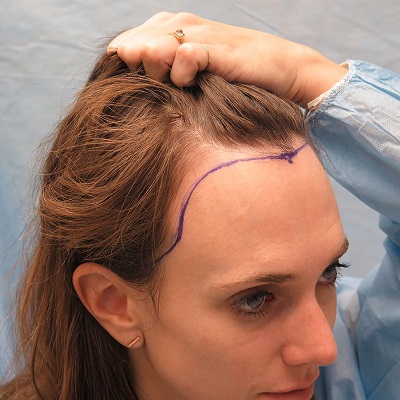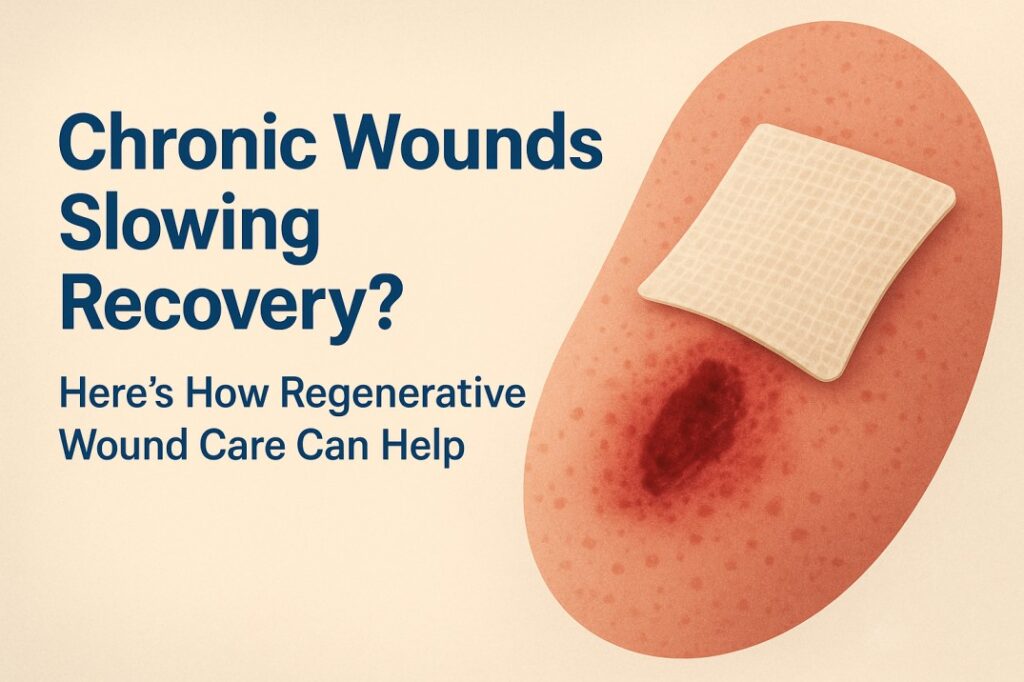Hair transplant in Islamabad have become an increasingly popular solution for individuals suffering from hair loss in Islamabad. The city boasts a range of advanced hair restoration clinics equipped with modern technology and skilled surgeons. However, one of the most common questions potential patients ask is, “What is the success rate of hair transplants in Islamabad?” In this blog, we will explore the factors that contribute to the success rate, what patients can expect, and how to maximize the results.
Understanding Hair Transplant Success Rates
The success rate of hair transplants in Islamabad is generally high, with most clinics reporting success rates between 85% and 95%. However, the definition of success varies from person to person. Some key indicators of a successful hair transplant include:
- High graft survival rate (over 90% of transplanted hairs should grow successfully)
- Natural-looking results
- Minimal scarring
- Long-term hair retention
- High patient satisfaction
Factors Affecting Hair Transplant Success Rate
Several factors influence the success rate of hair transplants in Islamabad, including:
1. Experience and Skill of the Surgeon
The expertise of the hair transplant surgeon is the most critical factor in determining success. A highly skilled surgeon ensures proper graft placement, minimizes trauma to the scalp, and provides a natural hairline design.
2. Technique Used: FUT vs. FUE
Islamabad offers two primary hair transplant techniques:
- Follicular Unit Transplantation (FUT): A strip of scalp is removed, and individual follicles are implanted. FUT generally provides a higher number of grafts in one session.
- Follicular Unit Extraction (FUE): Individual follicles are extracted and implanted one by one. FUE is preferred for its minimal scarring and faster recovery time.
Both techniques have high success rates, but the choice depends on the patient’s needs and the surgeon’s expertise.
3. Quality of Donor Hair
A patient’s donor area (typically the back of the head) should have healthy, dense hair follicles to ensure successful transplantation. Weak or thin donor hair may result in lower graft survival rates.
4. Post-Operative Care
Following the surgeon’s post-operative instructions is crucial. Patients who carefully follow guidelines on scalp care, medication, and activity restrictions tend to have higher success rates.
5. Clinic and Equipment Standards
Modern hair transplant clinics in Islamabad are equipped with state-of-the-art technology, sterile environments, and highly trained staff. Choosing a well-reputed clinic improves the chances of a successful procedure.
Expected Results and Timeline
First Few Weeks
- Some shedding of transplanted hair (shock loss) is normal.
- Scalp healing begins, and small scabs form at transplant sites.
3 to 4 Months
- The shedding phase subsides, and new hair begins to grow.
- Initial hair may be thin and soft.
6 to 9 Months
- Hair thickens and blends with natural hair.
- The majority of patients see noticeable improvements.
12 to 18 Months
- Full results are visible, with thicker, permanent hair growth.
How to Maximize Your Hair Transplant Success
Patients can take several steps to ensure optimal results from their hair transplant procedure in Islamabad:
1. Choose the Right Surgeon and Clinic
- Research the clinic’s reputation, patient reviews, and before-and-after photos.
- Ensure the surgeon is experienced and certified in hair restoration techniques.
2. Follow Post-Surgery Care Instructions
- Avoid touching or scratching the scalp.
- Take prescribed medications, such as antibiotics and anti-inflammatory drugs.
- Sleep with your head elevated to reduce swelling.
3. Maintain a Healthy Lifestyle
- Eat a nutrient-rich diet with vitamins and proteins that promote hair growth.
- Avoid smoking and excessive alcohol consumption, as these can hinder healing.
- Stay hydrated and manage stress levels.
4. Consider Additional Treatments
Some clinics offer PRP (Platelet-Rich Plasma) therapy to enhance the success of a hair transplant by stimulating follicle growth and increasing hair density.
Conclusion
Hair transplants in Islamabad have a high success rate, typically between 85% and 95%, when performed by experienced surgeons in reputable clinics. Factors such as the chosen technique, quality of donor hair, and post-operative care play crucial roles in determining long-term success. Patients who carefully follow medical advice and maintain a healthy lifestyle can expect natural, long-lasting hair growth from their transplant.
If you are considering a hair transplant in Islamabad, thorough research and consultation with a qualified surgeon can help ensure the best possible results. With advanced technology and skilled professionals available, Islamabad is an excellent destination for effective hair restoration treatments.









